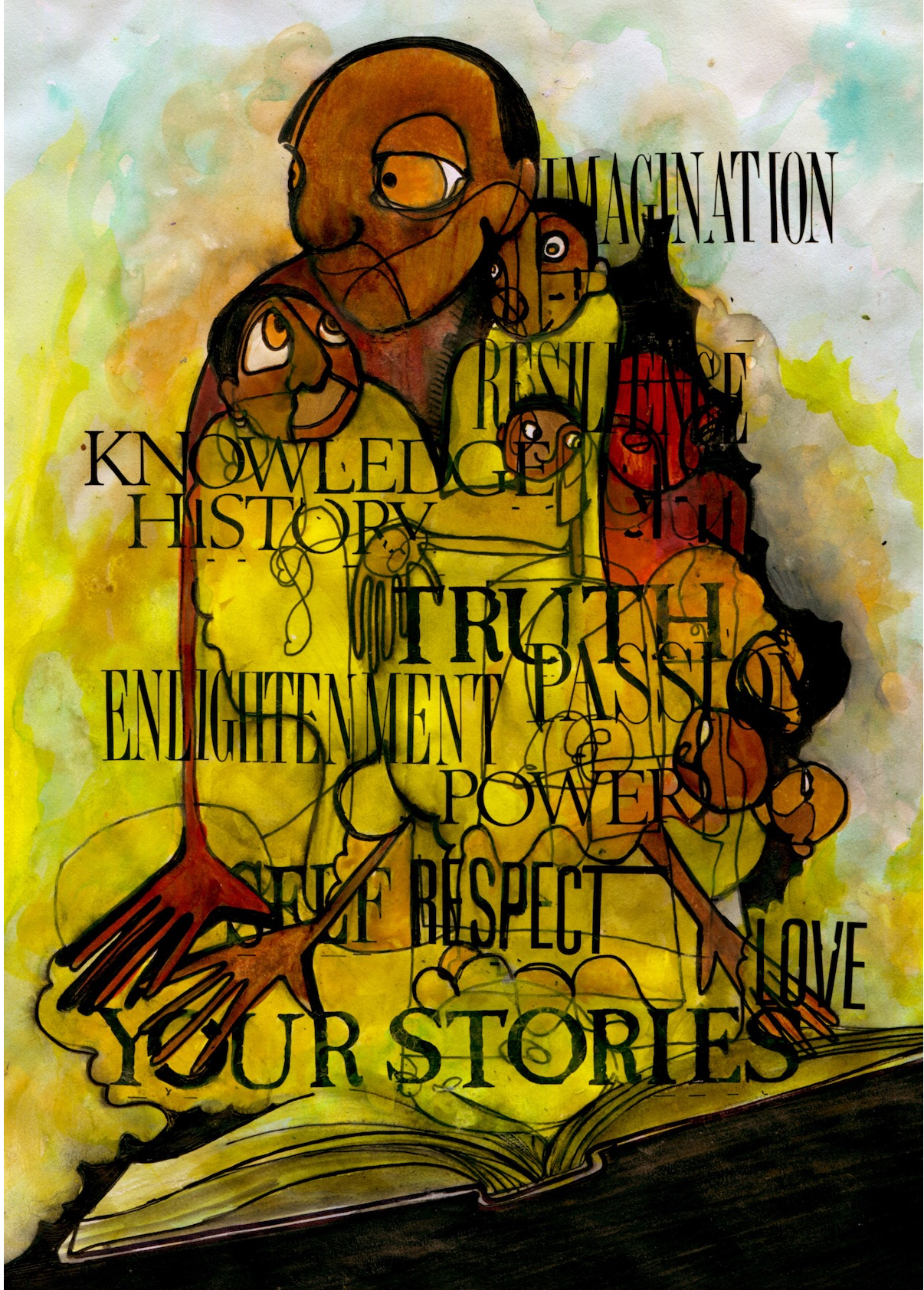The Many Different Loves of "Let's Talk about Love"
When people think of love, romantic love comes to mind. It is often tied with sexual attraction and the act of sex, seemingly inseparable.
As a result, asexual people who experience romantic attraction but not sexual attraction have a hard time explaining their identity to potential romantic partners as well as friends and family. In Claire Kann’s debut young adult novel Let’s Talk About Love the main lead is a Black biromantic asexual girl named Alice who is learning to redefine and appreciate the several types of love she experiences.
When it comes to asexuality, it is important to note that it exists on a spectrum that consists of a lack of sexual attraction as well as a lack of romantic attraction. Let’s Talk About Love features only one facet and experience of asexuality and should not be treated as a definitive text. However, there is no denying that it’s a notable book in more ways than one. Unlike most teen coming-of-age stories, this one is set in college during summer. This allows for a realistic, easygoing plot that focuses on self-discovery.
Unlike most teen coming-of-age stories, this one is set in college during summer. This allows for a realistic, easygoing plot that focuses on self-discovery.
When the novel opens, Alice has just been dumped by her girlfriend Margot because she doesn’t understand Alice’s asexuality. Alice is especially hurt because Margot thinks that Alice doesn’t want to have sex with her because she doesn’t love her. Since Alice is already uncomfortable with being open with her asexuality, this breakup makes things worse. As a result, she has a hard time recognizing her feelings for her new library co-worker Takumi and dreads coming out to him.
With the help of a therapist, Alice starts to get in touch with her feelings, becomes closer to Takumi and her friends Fennie and Ryan, and starts moving out from under her parents’ career expectations. As she does this, she comes to realize the various types of love she is capable of experiencing and enjoying without giving in to heteronormative expectations. A fun aspect of this is Alice’s love for pop culture.
Although it’s not a major part of the book, Alice’s passion for pop culture is such a quirky and charming part of her character that you can’t help but smile. Thinking of love and passion in terms of how much you enjoy a thing is valuable; to see Alice do this so naturally is wonderful. She jokes about getting a degree in watching Netflix and Hulu. She cosplays as Velma Dinkley from Scooby Doo. It’s amusing and nice because it becomes something she shares with her friends and Takumi out of love for them.
She comes to realize the various types of love she is capable of experiencing and enjoying without giving in to heteronormative expectations.
In fact, Alice’s love for her friends Feenie and Ryan are just as powerful as her feelings for her love interest Takumi. In the book, she finds herself becoming a third wheel to Feenie and Ryan, slowly drifting apart from them as she spends more time with Takumi. After an incident where she feels her friends abandoned her, she and her friends become estranged until they have a talk about how they need to balance their relationships with each other.
It’s important to note Alice’s friendships.
Some young adult books focus on romance more than friendship, especially when romance is a major part of the plot. When a girl gets a love interest in a book like The Fault in Our Stars or Pushing the Limits, it feels like the girl’s entire world revolves around them. Another notable factor in this book is the rarity of having a Black female teen dealing with things like romance and friendship instead of extreme hardship. Although Alice does deal with microgressions, her personality is that of a carefree Black girl trying to happily live her life.
Meanwhile, Alice’s relationship with Takumi is notable because it evolves from friendship to romance. In fact, ninety-five percent of the book involves friendship. While this caused the romance scenes to be rushed at the end, having their friendship grow to romance works in Alice’s favor. Alice is allowed to figure out what exactly attracts her to Takumi, what type of attraction she feels for him, and how much she likes him versus how much she is attracted to him. Takumi is allowed to do the same and his relationship with Alice is all the better for it.
Let’s Talk About Love is a wonderful exploration of love in various forms. Alice’s coming-of-age story is entertaining and thoughtful because it shows that friendship, romance without sex, and personal passions are filled with just as much love as anything sexual.
All in all, Let’s Talk About Love is a wonderful exploration of love in various forms. Alice’s coming-of-age story is entertaining and thoughtful because it shows that friendship, romance without sex, and personal passions are filled with just as much love as anything sexual. It forces the reader to consider what makes love special to them and why certain types of love are given a higher value than others. Let’s Talk About Love both entertains and starts a conversation; more people should be reading and talking about this book.

The Afro YA promotes black young adult authors and YA books with black characters, especially those that influence Pennington, an aspiring YA author who believes that black YA readers need diverse books, creators, and stories so that they don’t have to search for their experiences like she did.
Latonya Pennington is a poet and freelance pop culture critic. Their freelance work can also be found at PRIDE, Wear Your Voice magazine, and Black Sci-fi. As a poet, they have been published in Fiyah Lit magazine, Scribes of Nyota, and Argot magazine among others.

top photo by Thought Catalog on Unsplash
